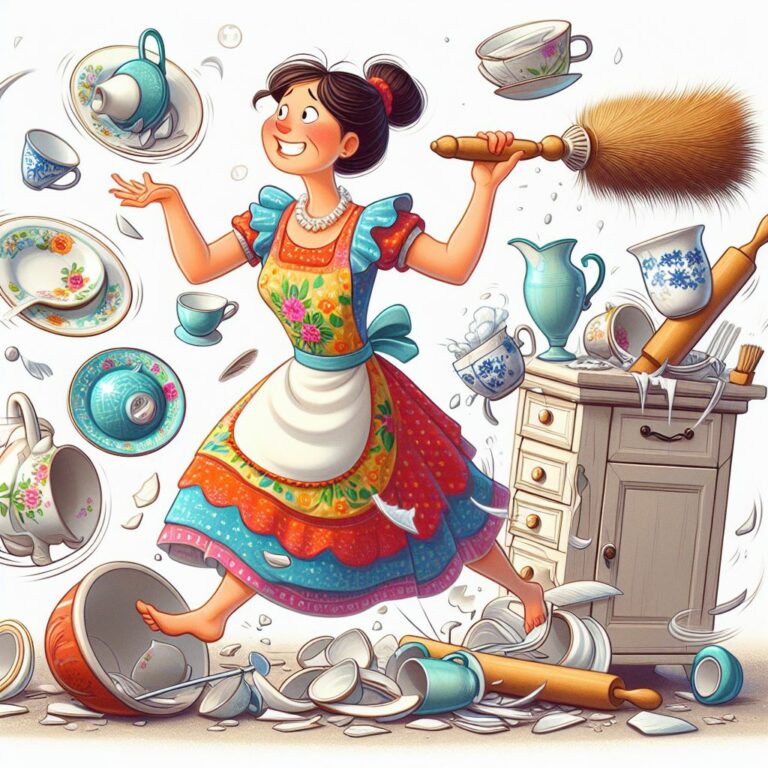Wolf Howling at the Moon Spiritual Meanings & Symbolism
The haunting sound of wolves howling at the moon has captivated humankind since ancient times. These alluring yet elusive creatures have inspired awe, reverence and even fear across cultures worldwide. Their mournful cries piercing the night sky evoke a sense of primal wildness and freedom that speaks to our souls.
In this article, we’ll explore the rich symbolic meanings associated with wolves baying at the moon throughout history and in mythologies across the globe. We’ll uncover how this enduring phenomenon continues to fascinate modern audiences today.
Key Takeaways
- Native American tribes believed wolf howls carried spiritual messages from ancestors and the environment. They symbolized harmony, kinship, teaching, and responsibility.
- Myths worldwide presented opposing meanings – wolf howls could symbolize power or omens of doom depending on the culture.
- The January full moon is called the Wolf Moon, representing perseverance, introspection, rebirth, appreciation, and instinct.
- Wolves howl for bonding, territorial marking, locating pack members, finding mates and reuniting when separated.
- Culturally, howling depicted freedom vs savagery. It is used in art and media to symbolize the wilderness, often evoking romanticism.
- Modern symbolism includes connection to nature, family bonds, freedom, self-awareness and determination.
- The enduring mystique and allure of wolves howling at the moon reminds us to embrace our primal inner spirit.

The Spiritual Significance of the Wolf’s Howl
For centuries, indigenous tribes have believed the wolf’s howl contains powerful spiritual messages if we learn to listen closely.
Many Native American tribes considered wolves sacred messengers between physical and spirit realms. Their spine-tingling howls under the moonlight were thought to be communing with spirits to seek guidance and protection.
Some key wolf howl symbolic meanings in Native American culture include:
- Harmony with nature – Wolves howling at the moon reminds us to live in balance with the natural world. Their cries convey respect for land and animals.
- Ancestral connections – The calls are believed to come from spirit ancestors, passing on warnings or words of wisdom.
- Kinship – Wolves howl to communicate with their pack. This underscores the importance of community and maintaining bonds.
- Teaching – Tribes such as Cherokee see the wolf as a nurturing teacher about the environment and living peacefully as a community.
- Responsibility – Howls are a call to take care of the earth and value all living beings, according to tribes like the Lakota.
These powerful spiritual meanings reveal why the wolf’s cry under the moon is more than just a chilling sound to many indigenous peoples. It encapsulates their sacred relationship with nature and the land.
Wolf Howls in Mythology & Folklore
Beyond Native American culture, wolves baying at the moon symbolize different ideas across world mythologies and folklore.
In Norse legends, the god Odin was accompanied by his two wolves Geri and Freki who howled with him at the moon. Their cries denoted Odin’s status as an all-powerful deity over the cosmos.
Ancient Greek myths portrayed howls as omens after King Lycaon was turned into a wolf as punishment from Zeus. The unnerving sound signaled danger or supernatural forces at play.
Celtic wolf lore saw the creature as a protective spirit whose eldritch wails foretold the future and warned of impending misfortune. However, they also signified guardian spirits watching over the land.
So wolf howls could signal opposing concepts – both ominous fate and auspicious blessing – depending on the legend. Their primal vocalizations reflect the duality of life and nature.
The Wolf Moon & Its Meanings
In recent centuries, the January full moon came to be known as the Wolf Moon in North America and Europe.
The name Wolf Moon emerged from Native American and colonial sources. It referred to hungry wolf packs that howled more frequently in midwinter due to scarce prey.
But the Wolf Moon carries deeper symbolic resonance too. Its timing in the dead of winter connects to self-reflection, inner strength and renewal.
The wolf’s cry under the year’s first full moon has become imbued with the following meanings:
- Perseverance – Wolves cope through the tough winter, representing determination and embodying survival instincts.
- Introspection – The midwinter period encourages looking inward for growth rather than externally.
- Rebirth – The full moon brings illumination in the darkest time, indicative of new starts.
- Appreciation – Howling wolves are a reminder to be grateful for what we have.
- Instinct – The wolf’s natural voice rings out, teaching us to listen to our intuition.
So during January when the Wolf Moon is high, let its shining light and the wolf’s haunting howls guide you to nurture your inner wisdom.
Why Do Wolves Howl at the Moon?
Wolves have an intricate language of howls that allow them to communicate and connect with pack members. So what is behind their cohesive choruses aimed at the moon?
Pack bonding – Communal howling reinforces social bonds and group cohesion for the pack.
Defining territory – Howls inform other wolves of their territorial boundaries.
Location – Wolves can pinpoint each other’s position from howls to coordinate hunting or defense.
Reuniting – Vocalizations help separated wolves reconnect with the rest of the pack.
Mate attraction – Lone wolves may howl to attract potential partners.
While howls aimed at the moon are not truly any different than other howling, the synchronised cacophony of voices combined with the moon’s ethereal glow gives us a sense of wonder and mystique.
Cultural Views on Wolves Howling at the Moon
Now let’s examine how people across different world cultures have interpreted and represented the chilling scene of wolves baying at the moon across art, literature, film and photography.
Symbol of the Wild Spirit
A common thread is the depiction of wolves vocally serenading the moon as a symbol of untamed wildness and freedom.
The indigenous cultures generally portray the wolf as a respected teacher or guide representing primal instincts and harmony with nature.
In Western culture historically wolves were feared, so howling at the moon took on more siniste connotations of lurking evil and unrestrained savagery.
Yet over time the wolf’s cry has come to signify a rebellious and defiant call to throw off oppression and follow one’s own path.
Representations in Art & Media
The arresting tableau of the wolf baying at the moon above has been captured in art and photographs conveying both beauty and loneliness.
Movies often feature spine-tingling scenes of wolves howling to build suspense and a sense of looming danger. Werewolf horror films play on this association of their cries as a harbinger of terror.
Literature uses lyrical descriptions of the moonlit wolf song to evoke mystery and romanticism of the wilderness. The trope conjures the imagination.
This compelling scene has come to symbolize wildness, freedom and primal instincts in our psyche. It continues to be reimagined in art and fiction as a timeless metaphor.
Wolf Howl Symbolism Today
So what does the age-old image of the wolf baying at the moon mean to modern audiences? Here are some of its symbolic associations.
- Connection to nature – It represents respect for animals and untamed wilderness important for balance.
- Family bonds – The pack staying closely knit reminds us to nurture our relationships.
- Freedom – Their haunting cries convey a longing for liberation from societal constraints.
- Self-awareness – The lone wolf howl symbolizes searching within for inner truth.
- Perseverance – Their survival evokes determination and resilience even through hard times.
The call of the wolf reaching out to the moon continues to stir our imagination and speak to our inner spirit. Their mysterious cries open the door to self-reflection on the human condition.
FAQs About Wolves Howling at the Moon
Still have some lingering questions? Here are answers to some frequently asked questions to deepen your understanding.
Are wolf howls really aimed at the moon?
Not necessarily. Wolves just vocalize more at night, so their howls naturally align with the moon’s appearance. The moongazing perception is more poetic symbolism.
Do lone wolves howl at the moon?
Yes, lone wolves separated from the pack will howl to try to reconnect or attract a mate. Their solitary cries can seem more poignant.
What does it mean if I hear wolves howling at night?
Historically it was seen as a foreboding omen but is usually just their natural vocalizations. Take it as a reminder to get in touch with your primal self and intuitive nature.
What is the spiritual meaning of a wolf’s howl?
Native American tribes believed it showed the wolf communing between physical and spirit worlds to get sacred messages. The howl symbolizes their important role as spiritual guides.
Do female wolves howl at the moon?
Yes, both male and female wolves vocalize to communicate. Females will howl to locate pack members, mark territory and call their pups.
The Enduring Allure of the Howling Wolf
The compelling sound of wolves euphoniously proclaiming at the moon kindles something primeval and magical within us. This arresting scene is etched in our collective consciousness as a symbol of the mysterious forces of the natural world.
If you listen closely in the stillness of night, you may just hear the distant echoes of their impassioned cries resonating through your soul. Let it be a reminder to embrace your inner wild spirit that remains untouched by the trappings of civilization.
So next time the moon is full and wolves unleash their soulful serenades skyward, take a moment to ponder what their ancient song is trying to tell you. Their message still has much wisdom to impart if we learn to tune into our innate primal nature.






